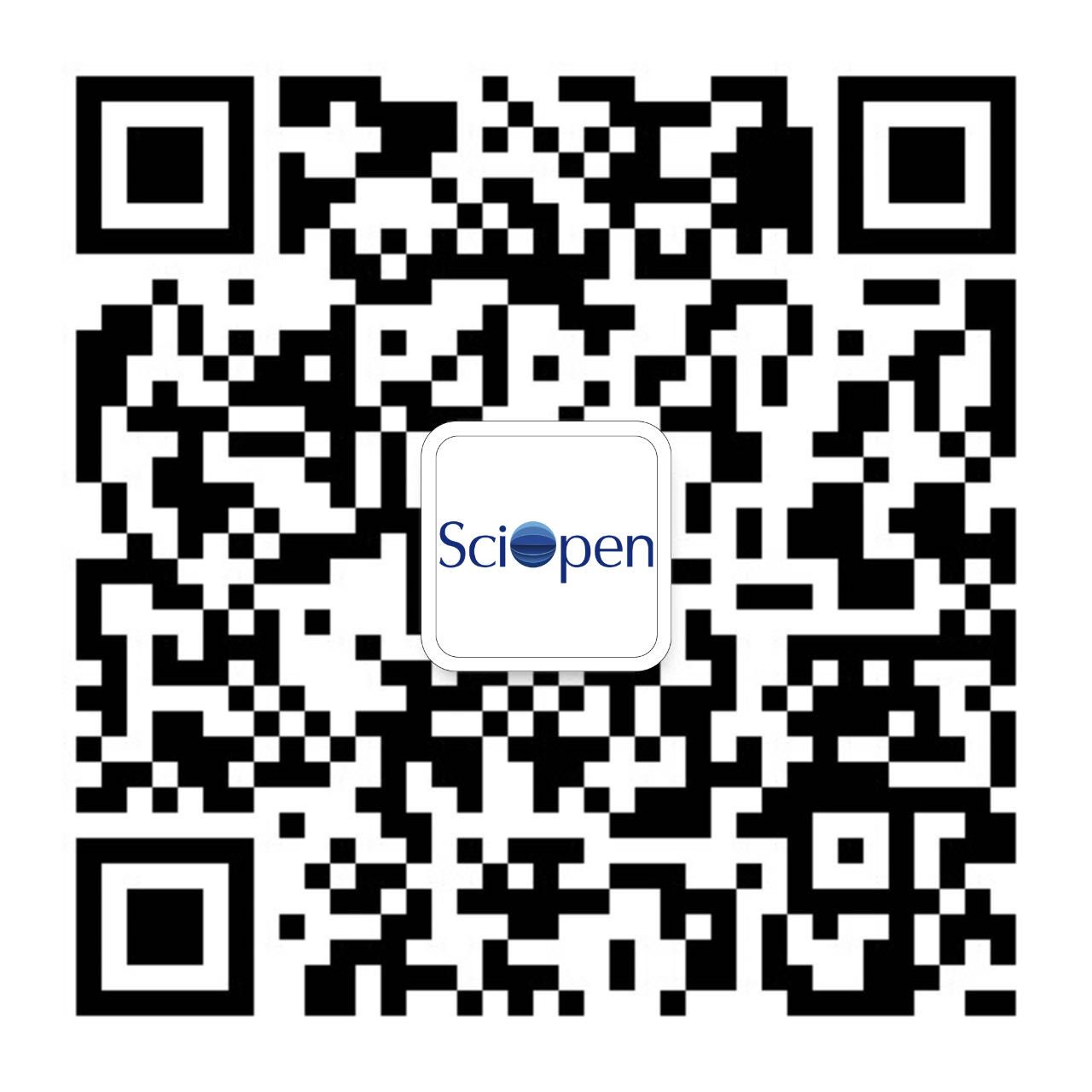Rechargeable lithium metal batteries (RLMBs) have been regarded as promising successors for contemporary lithium-ion batteries, in view of their high gravimetric and volumetric energy densities. Conventional non-aqueous liquid electrolytes containing organic carbonate solvents possess high chemical reactivities with metallic lithium anode and high flammability, which induces considerable safety threats under extreme conditions (e.g., overcharging and thermal runaway). Herein, we propose the utilization of fluorinated sulfonamide (i.e., N,N-dimethyl fluorosulfonamide (DMFSA)) as solvent, together with lithium (fluorosulfonyl)(n-nonafluorobutanesulfonyl)imide (LiFNFSI) as co-salt and/or electrolyte additive for accessing safer and high-performing RLMBs. Comprehensive physical (e.g., thermal transition, viscosity, and ionic conductivity) and electrochemical (e.g., anodic stability on different electrodes) characterizations have been performed, aiming to reveal the inherent characteristics of the sulfonamide-based electrolytes and the particular role of LiFNFSI on the stabilization of LiCoO2 cathode. It has been demonstrated that the sulfonamide-based electrolytes exhibit superior flame-retardant abilities and decent ionic conductivities (> 1 mS·cm−1 at room temperature). The incorporation of LiFNFSI as co-salt and/or electrolyte additive could significantly suppress the side reactions occurring at the cathode compartment, through the preferential decompositions of the FNFSI− anion. This work is anticipated to give an in-depth understanding on the working mechanism of LiFNFSI in the sulfonamide-based electrolytes, and also spurs the development of high-energy and safer RLMBs.
Effective passivation of aluminum (Al) current collector at high potentials (> 4.0 V vs. Li/Li+) is of essence for the long-term operation of lithium-based batteries. Unfortunately, the non-aqueous liquid electrolytes comprising lithium bis(trifluoromethanesulfonyl)imide (LiTFSI) and organic carbonates are corrosive toward Al current collector at high potentials (> 4.0 V vs. Li/Li+), despite their intriguing features (e.g., good chemical stability and high ionic conductivity). Herein, we propose the utilization of N,N-dimethyl fluorosulfonamide (DMFSA) as electrolyte solvent for suppressing Al corrosion in the LiTFSI-based electrolytes. It has been demonstrated that the electrolyte of 1.0 M LiTFSI-DMFSA shows decent ionic conductivities (1.76 mS·cm−1 at 25 °C) with good fluidities (2.44 cP at 25 °C). In particular, the replacement of organic carbonates (e.g., ethylene carbonate and ethyl methyl carbonate) with DMFSA leads to significant suppressed Al corrosion. Morphological and compositional characterizations utilizing scanning electron microscopy (SEM) and X-ray photoelectron spectroscopy (XPS) reveal that DMFSA favors the formation of insoluble species (i.e., aluminum fluoride (AlF3)) on the surface of Al electrode, which effectively inhibits continuous exposure of fresh Al surface to electrolyte during cycling. This work provides not only a deeper understanding on the Al corrosion in LiTFSI-based electrolyte but also an elegant path to stabilize the Al current collector at high potentials (> 4.0 V vs. Li/Li+), which may give an impetus into the development of lithium-based batteries.






 京公网安备11010802044758号
京公网安备11010802044758号